Feel virtual knobs on a touch screen with TanvasTouch
The biggest criticism of touch-screens is the lack of haptic feedback. It’s glass, there’s no “feel” to it, you never know whether your fingers are on the controls or not. How cool would it be to be able to actually feel the on-screen knobs and faders on virtual instruments? Digging around in the CES 2017 coverage I came across a new form of touch technology from Tanvas called the TanvasTouch.
TanvasTouch
Haptics is all about a two-way relationship between force and motion that we experience as a sense of touch. Current touch-screen technology is one way – you touch the screen and manipulate things, but the screen doesn’t give you any feedback to your fingers. The most common haptic response we’re all familiar with is vibration. Your phone vibrates, your console controller vibrates and it enhances our connection to what we’re doing. It’s crude but effective. However, with TanvasTouch there’s no buzzer or moving parts, it all happens between the finger and the glass in what they call Surface Haptics. Tanvas aims to provide the sensation of feedback to your fingers by modulating friction to produce life-like haptic waveform effects.
At CES Tanvas demonstrated the TanvasTouch prototype. And this is very much early days for the technology. Apparently, they had an app that let you pull on a zip that gave you a tingling sensation. Another one gave you four different types of textures to feel. And the one that piqued my interest was a virtual guitar where, so they say, there was a tangible twang as you strummed.
Haptic in music
Could this become a useful technology for music applications? There are limitations in that it requires you to move your fingers in order to experience it. Placing your finger on a screen, say on a button, wouldn’t give you anything until you move. But you could feel the edges of controls, you could potentially feel when a knob or fader reaches minimum and maximum values. If texture was mapped to sound it could change to reflect the changes you are making to audio. Check out the video below to grasp some of the potential.
It’s an interesting development. Tanvas are looking for partners to implement their technology so we’re probably a fair way off any actual products. Also, they seem particularly interested in retail rather than creative applications. Bus who know where these things may take us. How would you see it being used? Suggestings in the comments please!
More information available on the Tanvas website.
You are currently viewing a placeholder content from YouTube. To access the actual content, click the button below. Please note that doing so will share data with third-party providers.
One response to “Feel virtual knobs on a touch screen with TanvasTouch”

 5,0 / 5,0 |
5,0 / 5,0 | 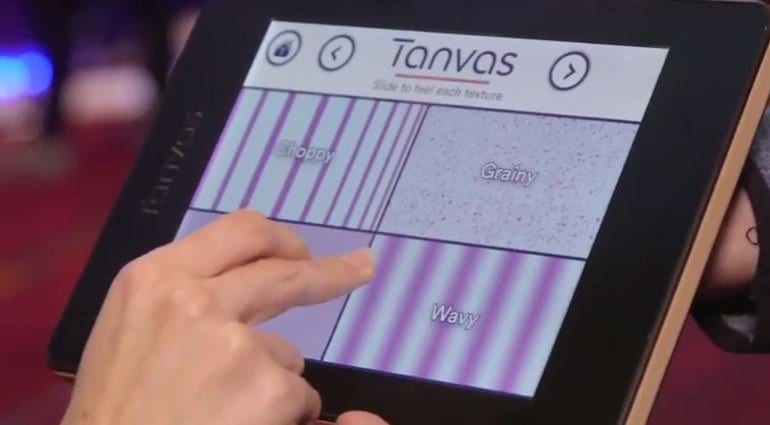
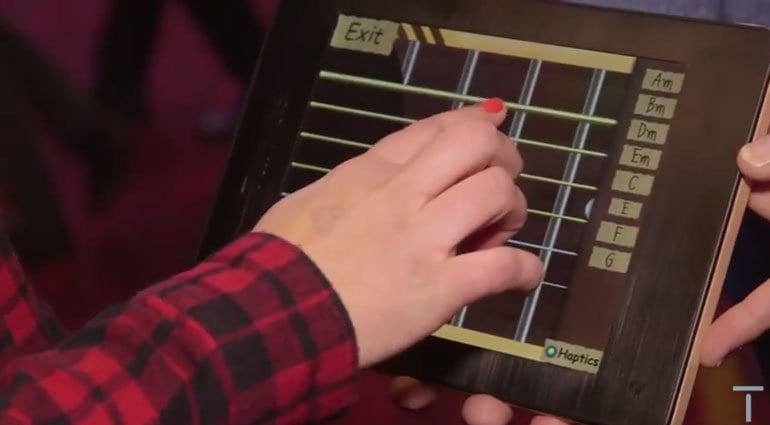


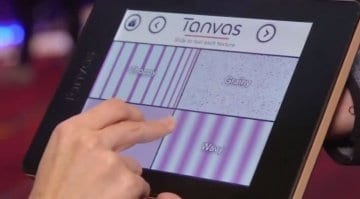

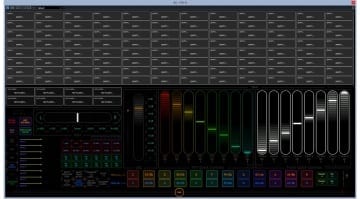
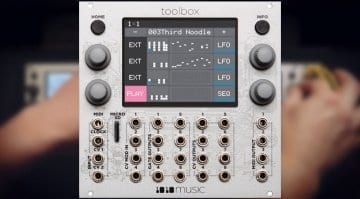
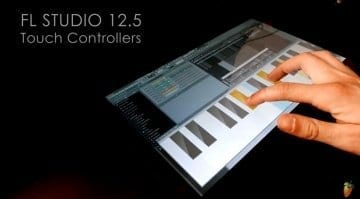
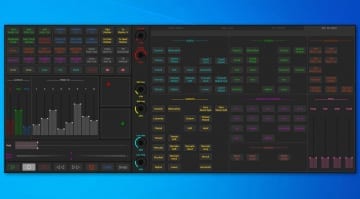
I love all the concepts, I am a musician/ producer/ engineer
With three international podcasts featuring interviews and round table discussions with musicians and industry members of all types and calibers! I am very interested in your products, especially the Tanvas technology intervention!!
I would be interested in knowing we’re or how to experience this hands on. I believe both are guest as well as are audience would be interested in learning more about this as well.
If you would be interested in having one of your reps be a part of one of are episodes too help spread the word of what new tech you are offering.